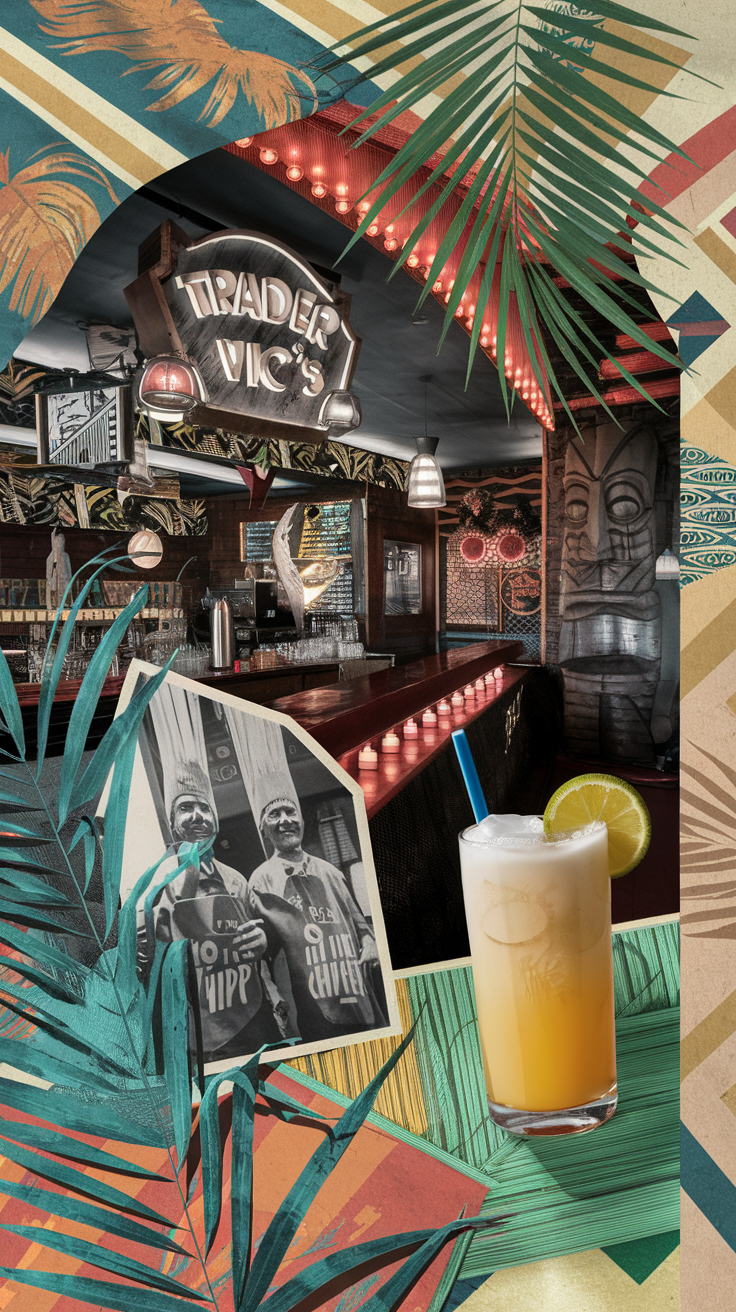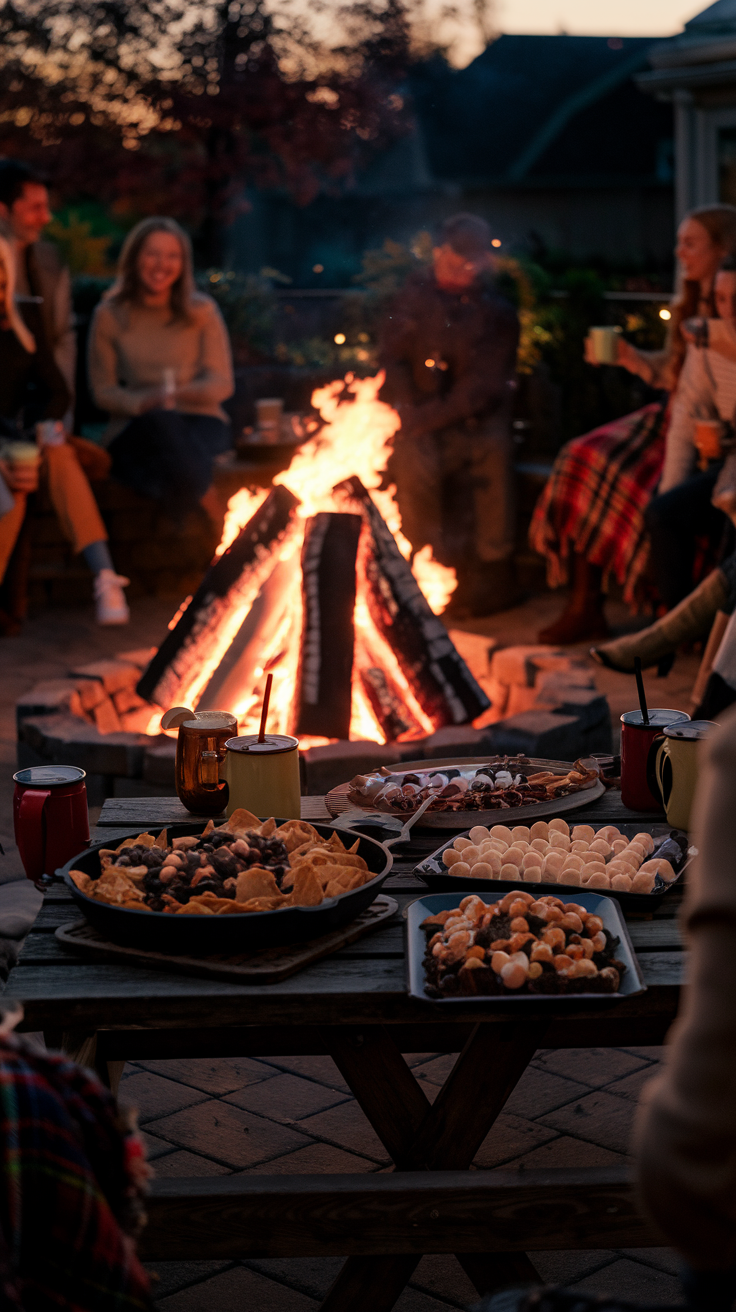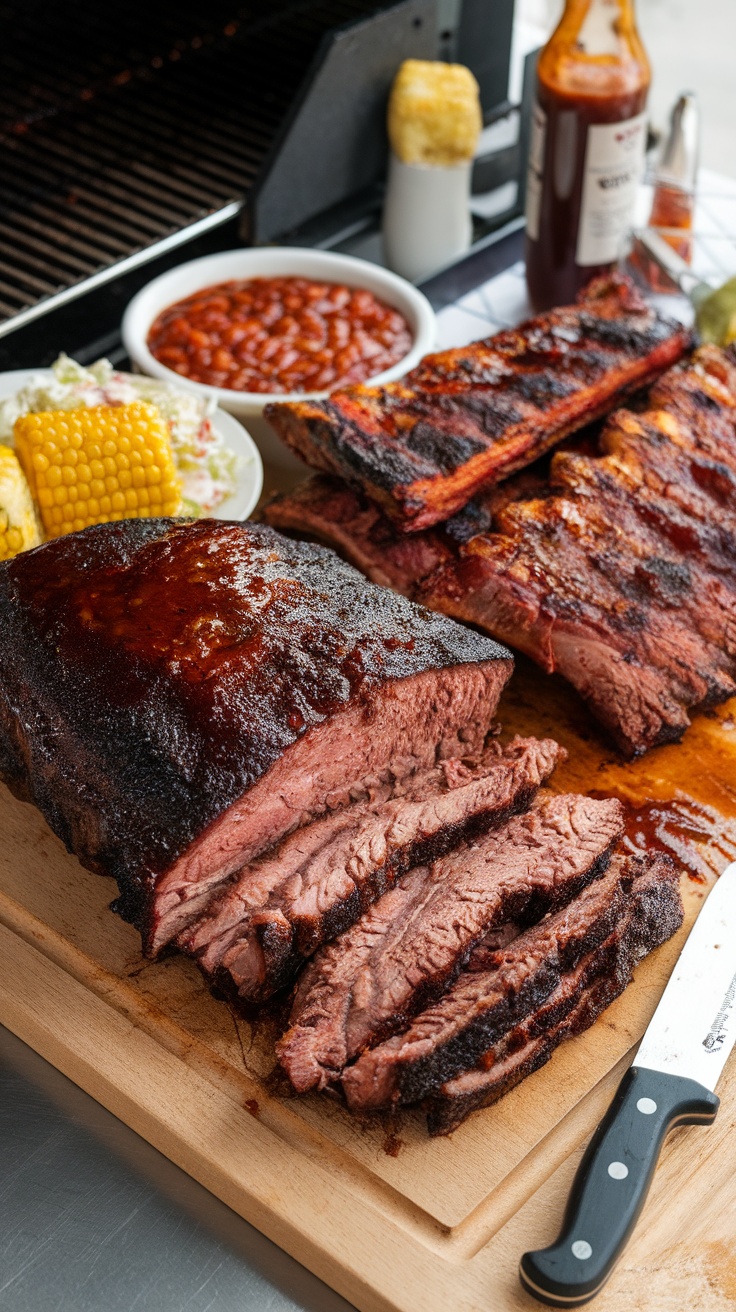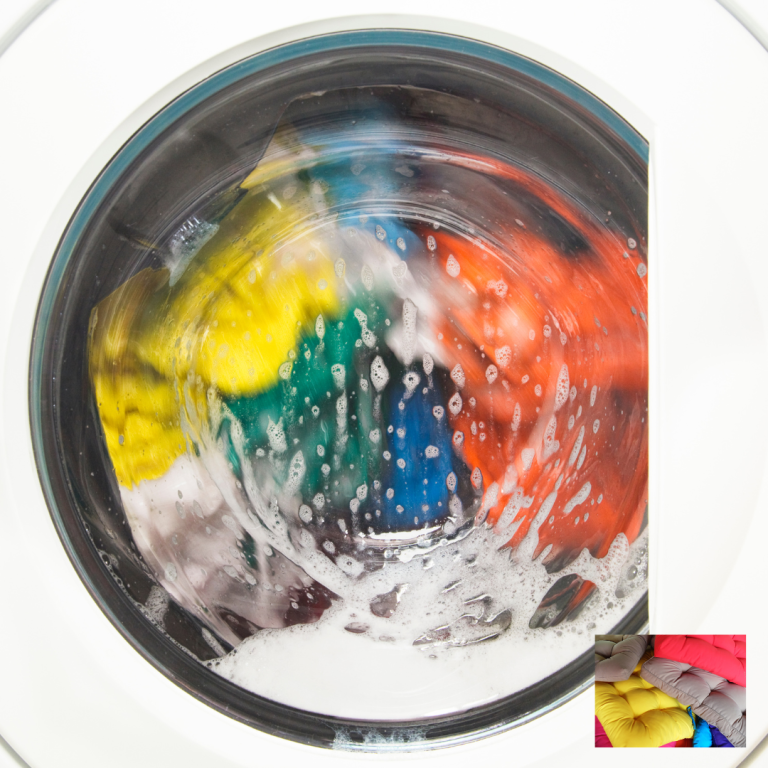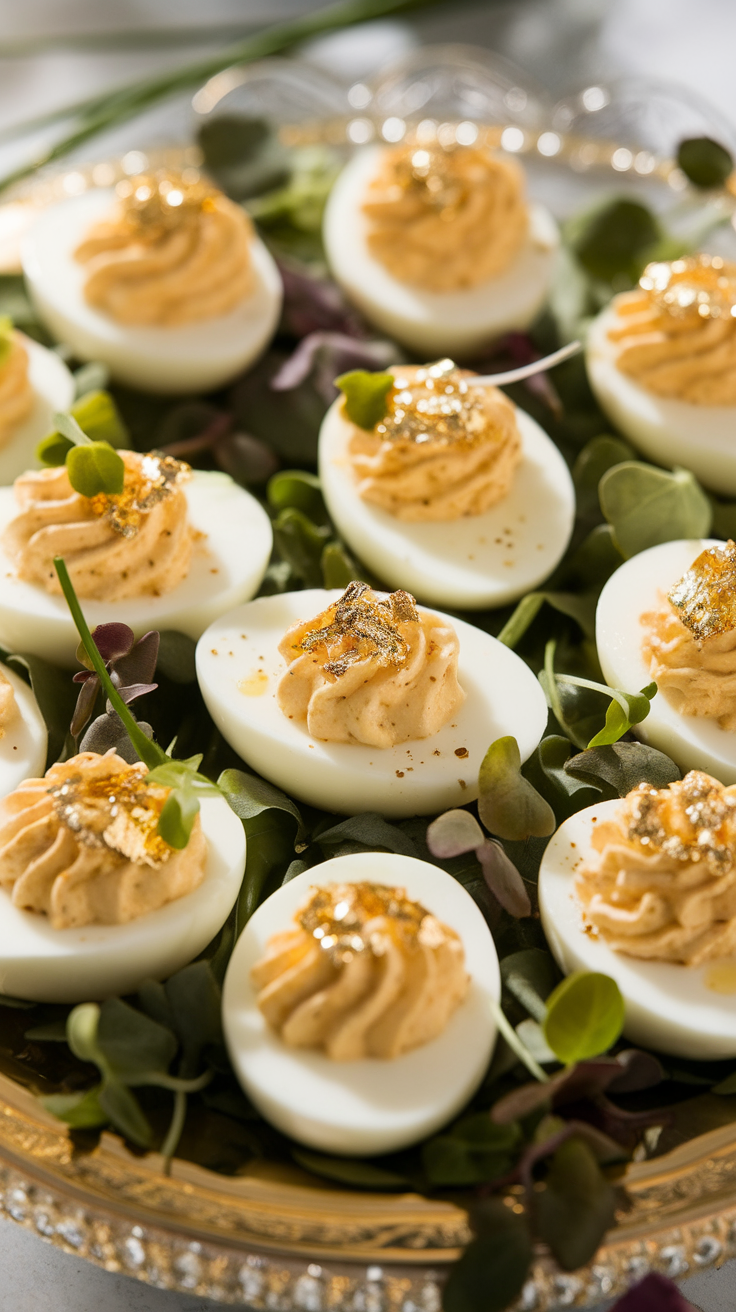How to Get Mold and Mildew off Outdoor Pillows
Effective Methods to Remove Mold and Mildew from Outdoor Pillows: Restoring Freshness and Preventing Future Growth
Table of Contents
ToggleOutdoor pillows are susceptible to mold and mildew growth due to exposure to moisture and changing weather conditions. These unwelcome intruders not only compromise the appearance and comfort of your pillows but also pose health risks. There are some very effective methods to remove mold and mildew from both the pillow cover and inner fill which we discuss below. Additionally, we will provide tips on preventing future mold and mildew growth on outdoor pillows.
Understanding Mold and Mildew Growth on Outdoor Pillows
Mold and mildew thrive in damp and humid environments, making outdoor pillows a prime target. These fungi not only create unsightly stains and odors but can also trigger allergies and respiratory problems if left untreated.
Safety Precautions: Protecting Yourself During Cleaning
Before attempting any cleaning methods, ensure your safety by wearing gloves, a mask, and protective eyewear. Proper ventilation in the cleaning area is also important to avoid inhaling spores or chemical fumes.
Removing Mold and Mildew from Outdoor Pillow Covers
- Method 1: Create a mixture of equal parts water and white vinegar. Apply the solution to the affected areas of the pillow cover and let it sit for 15-20 minutes. Rinse thoroughly and allow the cover to air dry in direct sunlight.
- Method 2: Dilute bleach with water (1:10 ratio). Gently scrub the moldy or mildew-infested areas using a soft brush or sponge. Rinse thoroughly and air dry in direct sunlight. Make sure you test the solution on a hidden area of the pillow to make sure the mixture doesn’t leave a bleach stain.
- Method 3: Use commercial mold and mildew removers following the manufacturer’s instructions. Test the product on a small, inconspicuous area first to ensure it does not damage the fabric.
Treating Mold and Mildew on the Inner Fill
- Method 1: Remove the inner fill from the pillow cover and expose it to direct sunlight for several hours. The heat and UV rays will help kill the mold and mildew. Ensure proper ventilation during this process.
- Method 2: Sprinkle baking soda liberally over the affected areas of the inner fill. Allow it to sit for a few hours or overnight to absorb moisture and eliminate odors. Vacuum the baking soda thoroughly.
- Method 3: If the mold and mildew growth on the inner fill is severe or persistent, consider professional cleaning services specialized in mold remediation for thorough and safe cleaning.
Preventing Future Mold and Mildew Growth on Outdoor Pillows
- Proper Storage and Covering: Store outdoor pillows in dry, well-ventilated areas when not in use. Use protective covers to shield them from moisture and dust.
- Regular Cleaning and Maintenance: Routinely clean outdoor pillows following manufacturer’s instructions and remove any debris or dirt promptly.
- Using Mold and Mildew Resistant Fabrics: Invest in outdoor pillows made from mold and mildew resistant materials such as solution-dyed acrylic or polyester.
- Promoting Air Circulation and Moisture Control: Arrange pillows to allow air circulation and avoid trapping moisture. Use breathable fabrics and consider adding moisture-absorbing packets or silica gel packs.
Effectively removing mold and mildew from outdoor pillows requires a combination of proper cleaning methods, safety precautions, and preventive measures. Whether it’s treating the pillow cover with vinegar or bleach solutions, utilizing commercial removers, or addressing mold and mildew growth within the inner fill through sun-drying or baking soda absorption, these methods can help restore freshness. By following preventive steps such as proper storage, regular cleaning, using mold-resistant fabrics, and promoting air circulation, you can minimize the risk of future mold and mildew growth, ensuring your outdoor pillows remain clean, fresh, and inviting for many seasons to come.


